
By Trinity Archibald
Witnessing the journey of nesting sea turtles and participating as a volunteer during the 2023 nesting season has provided me with valuable insight into the challenges faced by these turtles and the ongoing conservation efforts. Throughout the night, these endangered turtles persist in their instinctive cycle, swimming thousands of kilometers to ensure the survival of their species. A cycle that has continued unbroken for thousands and thousands of years. Leatherbacks, Green, and Hawksbill Sea Turtles, the pride of our nation, visit beaches all over Antigua and Barbuda from all around the Caribbean and the Atlantic. To ensure their long term survival, projects like the Antigua Marine Conservation Programme (AMCP) under the EAG are there to protect and preserve these sea turtles and their habitats.
Nesting occurs almost year round from March to December, where each species has a preferred time to come up and nest. Sea turtles come to our white sandy beaches for sanctuary, laying hundreds of eggs on the beaches they were born years prior. Sadly, only 1 in every 1000 hatchlings are expected to survive. With human activity, coastal development, erosion, climate change, and predation even further reducing their chances of survival.
Despite the challenges, there is hope with the growing awareness and increased protection efforts. Beginning my volunteer journey in Sea Turtle Conservation in 2021, I worked with the Environmental Awareness Group under the AMCP Nesting Sea Turtle Monitoring along with 64 other volunteers. Under the programme, I, and many others have witnessed the incredible sights of nesting females and emerging hatchlings. My first patrol was truly exciting as I encountered all three turtle species in one night, a truly amazing experience.
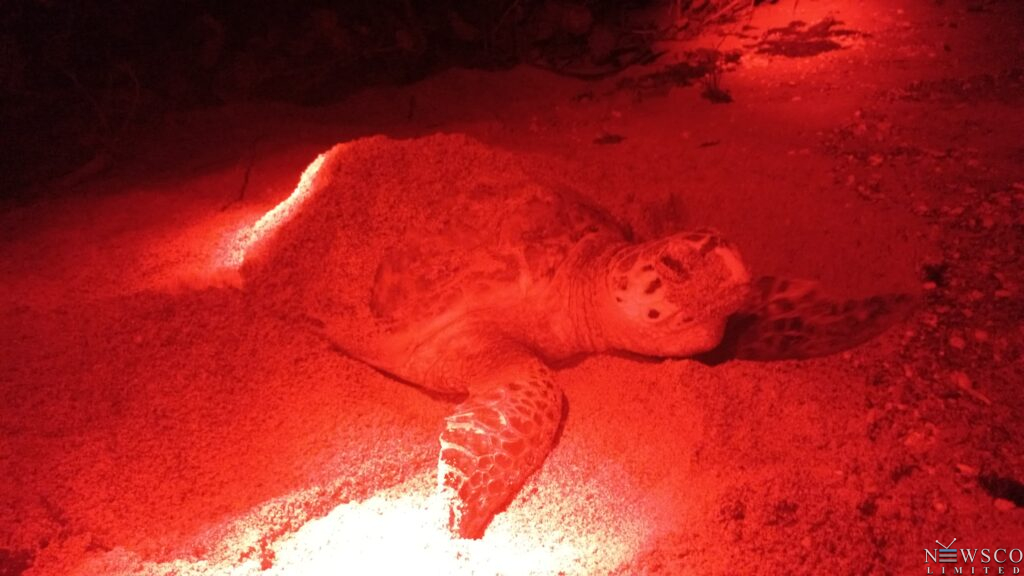
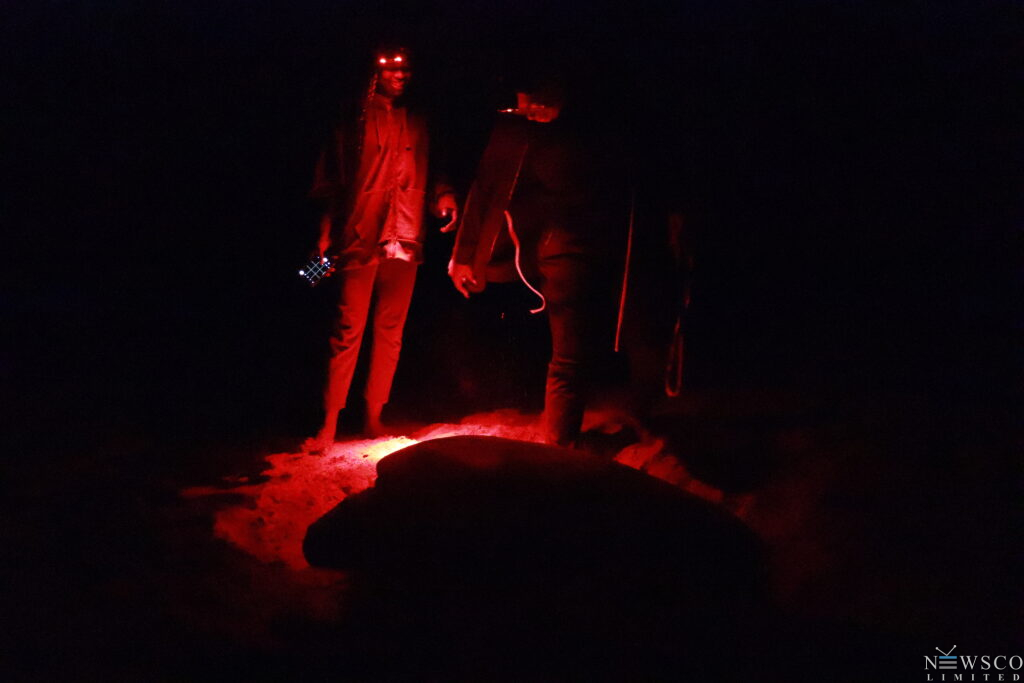
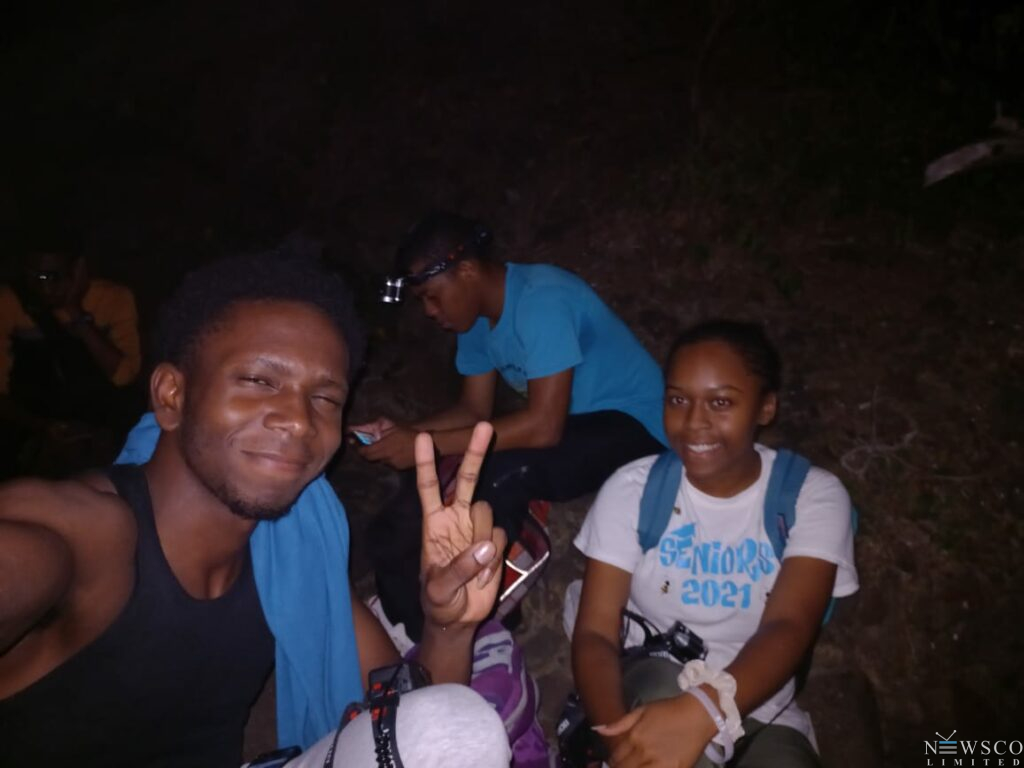
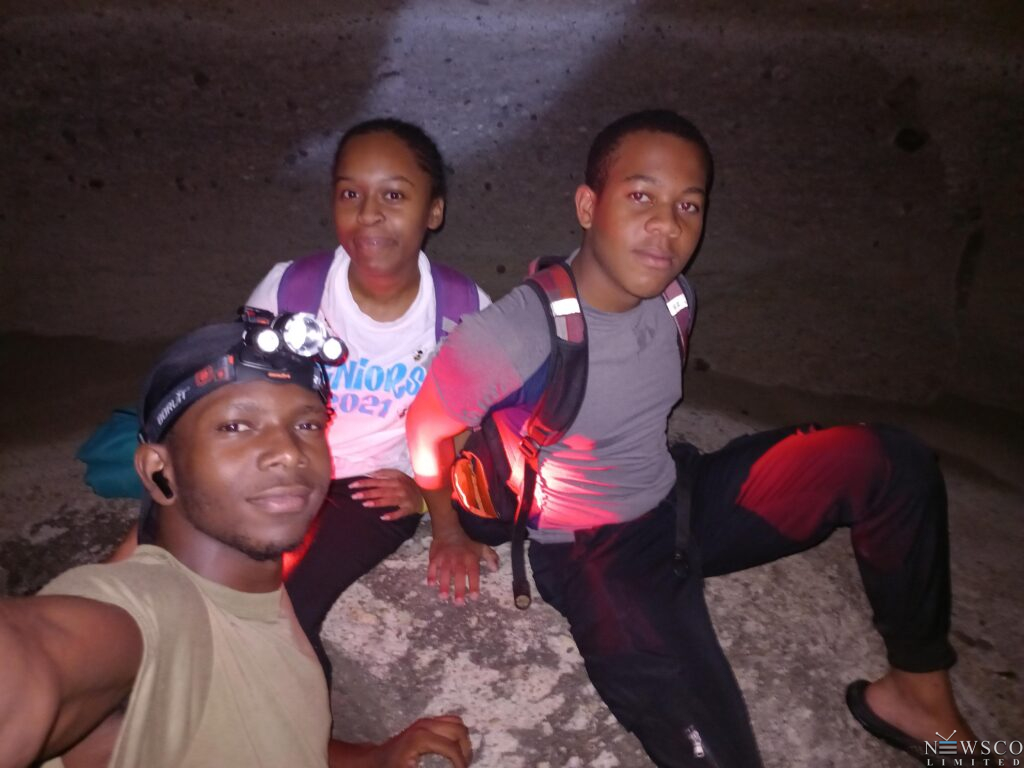

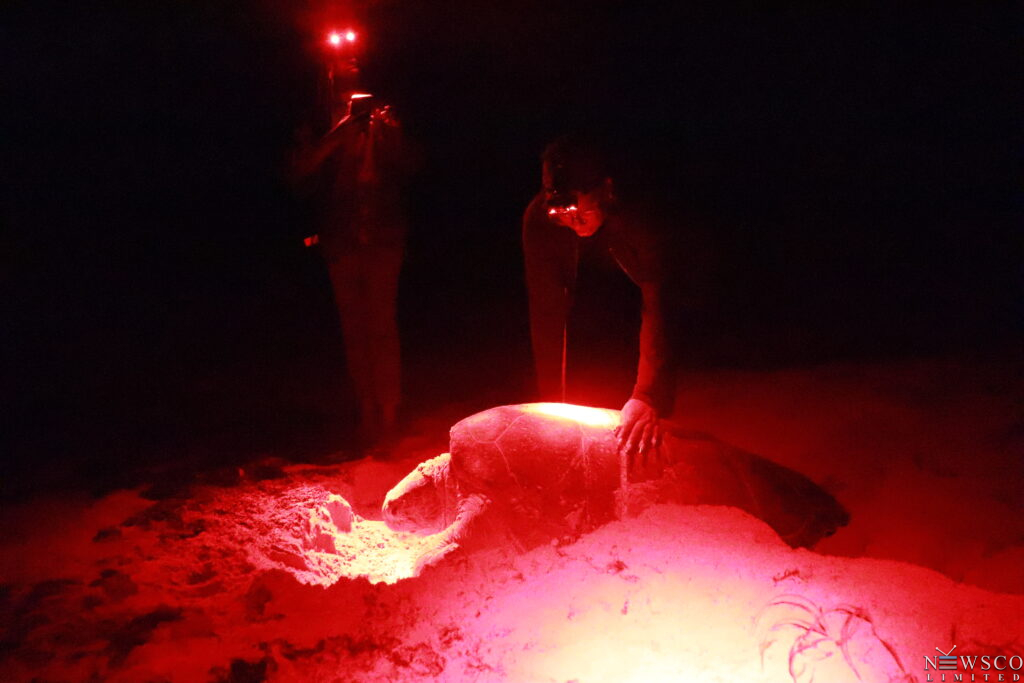
As a volunteer our team’s duties involved patrolling the nesting beaches and recording any information on nesting and tracks, and for a lucky few even tagging the turtles! Patrols happened around Antigua three nights a week, in addition to occasional morning patrols. While our volunteer tasks may seem simple on paper, they are crucial. We monitor beaches for nesting activity from 8 pm to 12 am and sometimes even later, as turtles, oblivious to our schedules, nest at their own pace. Sometimes these turtles struggled to find suitable nesting locations and eventually returned to the sea to try again later. Unfortunately, even after carefully selecting their spots to nest, some nests are still at risk of beach erosion, mongoose predation, or disorientation due to improper beach front lighting and need a helping hand through relocations. As the night draws to an end, volunteers must ensure that data sheets accurately summarize the patrol. Even though patrolling requires time, it is fulfilling and provides a sense of achievement.
Despite the lengthy nightly patrols, a significant amount of time is spent appreciating nature, stargazing, unwinding, learning, and connecting with fellow volunteers. Over the course of a long season, enduring friendships, connections, and a lifelong passion for these majestic animals are formed.
Turtle nesting can be unpredictable and, unfortunately, we can’t be everywhere at once. However, through training, and volunteerism everyone can play their role in conserving these globally threatened species. There is even a 24-hour hotline monitored by the EAG! 1(268)-736-TURT or 1(268)-736-8878 that anyone can contact if they see sea turtle activity. Through this hotline we can mobilize our network and quickly respond to any of the numerous issues these animals may encounter. These situations involve helping trapped or stranded turtles, guiding disoriented turtles and hatchlings, and responding to occasional boat collisions. All these efforts go towards the goal of ensuring these animals are here for the long term.
The main goal of the AMCP is not only to build a skilled team of volunteers and passionate advocates, but also to engage and educate anyone interested on the essential steps needed for sea turtle protection and why they are unique and amazing animals. In addition to public education, the AMCP is currently working on a plan to minimise the impact of invasive species on nesting beaches to increase hatchling survival rates.
I still have a few more items to check off on my turtling list, so I will definitely be back out patrolling this season! Seeing a hawksbill turtle for the first time left me mesmerised by the beauty of God’s creations. My appreciation for these creatures and their habitats has deepened and I’m happy to know that my participation contributes towards conserving these species. Each small effort contributes to the mission to protect our natural environment.
These nesting turtles tell a story of resilience and the unyielding power of nature in its struggle against a rapidly changing environment. As citizens of this nation, we can all play a part in creating a sustainable environment for the preservation of these species by being mindful that we share our beaches. We all have small roles to play in keeping the environment healthy, and if you want to take it one step further the EAG is always looking for some more volunteers follow them on social media @eagantigua!


